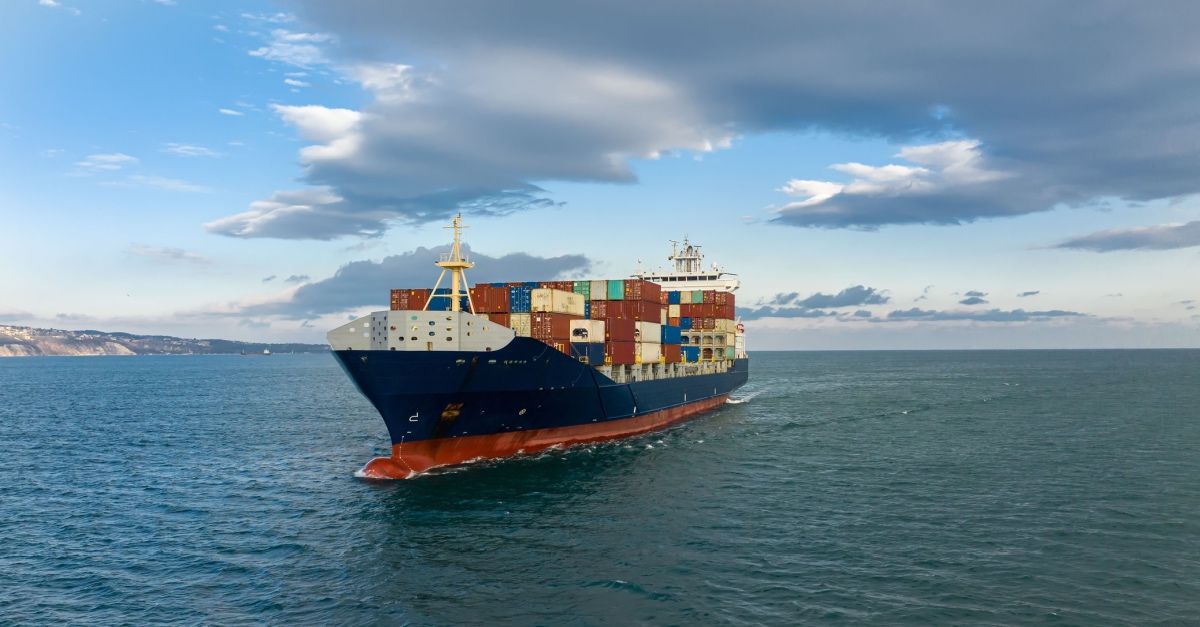
Benchmarking for Sustainability: Using Data to Set and Achieve Supply Chain Emission Reduction Goals
The ability for companies to track and measure their emissions’ output along the supply chain has become even more critical now, as governments around the world set limits on greenhouse gas emissions and as investors favor companies that prioritize reducing carbon emissions.
One way for companies to track and report just how well they are reducing supply chain emissions is to incorporate benchmarking into their sustainability initiatives. Benchmarking is when companies analyze their own emissions output over time and compare their emissions output against the emissions output of their competitors. Benchmarking can be useful for enabling companies to see how well they’re performing, not only against their own emissions reduction goals but also in how they stack up against others.
Organizations can use emissions data analysis experts such as Searoutes to establish a benchmarking program or bolster an existing one. These experts can provide insights into their performance in reducing emissions.
Benchmarking: the Key to Effective Supply Chain Emissions Reduction
Companies and organizations are discovering the benefits of having a program that pursues carbon benchmarking to fulfill sustainability goals.
For starters, a benchmarking program enables companies to track their emissions output over time, including whether their efforts to cut supply chain emissions have been effective in complying with regulatory or market-based emissions caps. Organizations can also compare their emissions performance against industry standards or best practices.
Carbon benchmarks also help companies identify specific areas for improvement. By analyzing the emissions data, companies can set realistic goals that drive them toward continuous improvement.
Benchmarking Analytics for Supply Chain Emissions Reduction
To manage supply chain emissions via a carbon benchmarking program, an organization needs to collect data on the amount of emissions released along the supply chain. This data can help organizations accurately assess their environmental impact, track progress over time, and make informed decisions.
However, setting up a benchmarking program might appear intimidating at first because of the many elements involved. An organization either needs dedicated staff or a relationship with a consulting firm or data analysis firm to collect the data and analyze it. Companies also need to consider what data collection methods might work best. Lastly, after the emissions data has been collected and analyzed, organizations must also consider how to integrate that data into the benchmarking program and into sustainability initiatives that seek to reduce emissions even further or keep them at a consistent level.
Benchmarking and Beyond: Three Tools for Effective Supply Chain Emissions Reduction
Thankfully, there are plenty of options available for organizations seeking to establish or bolster a carbon benchmark program. Searoutes offers three API tools — CO2 API, Routing API, and Vessel API — that companies can use to monitor and analyze their supply chain emissions over time.
Comprehensive Emissions Monitoring
Searoutes offers advanced emissions monitoring tools, such as CO2 API, that enable organizations to track their carbon footprint across various shipping routes and operations.
By providing real-time data on emissions, fuel consumption, and other environmental metrics, Searoutes enables organizations to accurately assess their sustainability performance and identify areas for improvement. This comprehensive emissions monitoring capability also allows organizations to benchmark their current performance against industry standards and track progress over time toward emission reduction goals.
Data Analytics and Visualization
Searoutes leverages advanced data analytics techniques to analyze and visualize sustainability data, making it easier for organizations to identify trends, patterns, and outliers in their emissions data.
Through interactive dashboards and reports, such as those seen on Searoutes’ Vessel API, Searoutes enables organizations to gain valuable insights into their sustainability performance and benchmark their performance against industry benchmarks and best practices. By providing data-driven insights, Searoutes empowers organizations to make informed decisions and take proactive steps toward reducing their supply chain emissions.
Route Optimization for Emissions Reduction
Searoutes’ route optimization algorithms such as the ones on Searoutes’ Routing API are designed to minimize fuel consumption and emissions by recommending the most efficient and eco-friendly shipping routes. By analyzing factors such as vessel characteristics, weather conditions, and port congestion, Searoutes can identify optimal routes that reduce emissions while optimizing operational efficiency.
Organizations can use Searoutes’ route optimization capabilities to benchmark their current shipping routes against optimized routes. This allows them to identify opportunities for emission reduction and implement changes to their supply chain operations accordingly.
Contact Searoutes and Get Started on Benchmarking
As sustainability becomes an increasingly vital element in business operations, supply chain management can play a critical role in ensuring that a company adheres to sustainable practices. Benchmarking is one method that empowers organizations to compare their sustainability performance, set realistic goals, and drive continuous improvement.
Searoutes’ focus on data-driven insights gleaned from its advanced tools for emissions monitoring, data analytics, and route optimization can help organizations meet and advance their sustainability goals. Contact Searoutes today to learn how we can help you develop or enhance your benchmarking program.